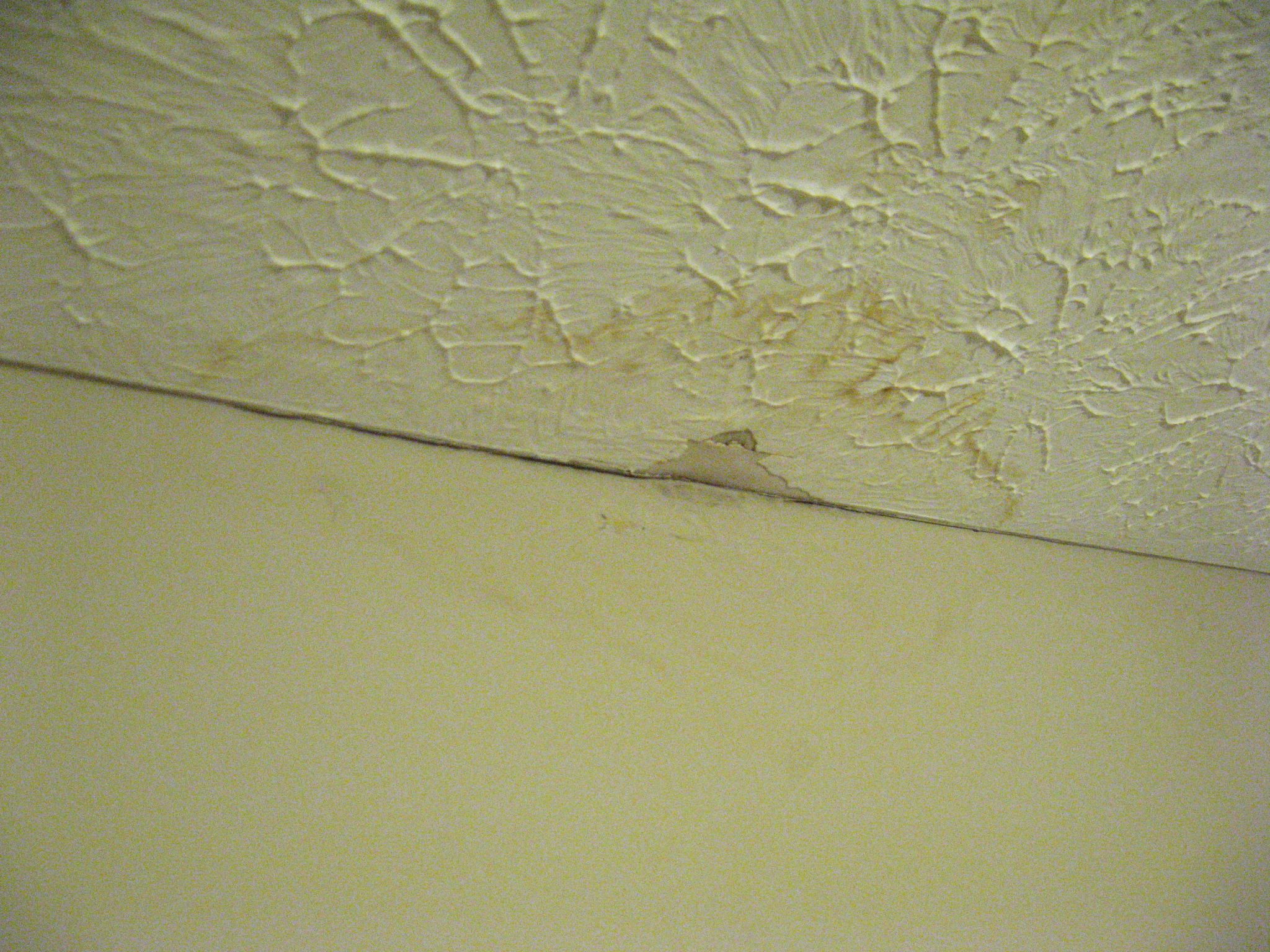Unveiling the Key Triggers Behind Residential Water Leak Issues
Unveiling the Key Triggers Behind Residential Water Leak Issues
Blog Article
Almost everyone has their own individual rationale with regards to Most Common Causes of Leaky Pipes.

Leakages not only trigger waste of water but can additionally trigger unneeded damage to your house and also promote undesirable organic development. Unfortunately, water leakages could go unnoticed given that the majority of the pipework in our residence is hidden. By comprehending and also looking for day-to-day situations that cause leaks, you can protect your house from future leaks as well as unneeded damage. Today, we will take a look at 6 leakage triggers that may be causing your pipes to leak.
Immediate temperature level adjustments.
Severe temperature changes in our pipes can cause them to expand and contract unexpectedly. This expansion and tightening may create splits in the pipelines, specifically if the temperature level are below freezing. It would certainly be best if you kept an eye on just how your plumbing works. The visibility of the previously pointed out scenarios often shows a high danger.
Rusty water supply
As time passes by, your plumbing system ages as well as deterioration such as corrosion may start eating away the pipes. This may be the cause of staining or warping on your pipes. This calls for an examination with your plumber immediately. If our plumbing system is old, consider replacing the pipelines since they are at a greater danger of corrosion than the more recent designs.
Faulty Pipeline Joints
Pipeline joints can wear away over time, resulting in water leakages. If you have loud pipelines that make ticking or banging noises, particularly when the warm water is transformed on, your pipeline joints are possibly under a great deal of stress.
Encroaching origins
Most water leaks start outside your house rather than inside it. If you notice an abrupt reduction in water stress, say in your tap, require time to go out and also analyze your yard. You might discover damp patches or sinkholes in your backyard, which might suggest that tree origins are attacking water lines triggering water to seep out. You can have your plumber check for invasion, specifically if you have trees or bushes near your property.
Poor Water Connectors
At times, a leak can be triggered by loosened tubes and also pipelines that provide your appliances. In situation of a water links leakage, you might notice water running directly from the supply line or puddles around your home appliances.
Blocked Drains
Clogged drains may be frustrating and also inconveniencing, yet they can often wind up creating an overflow causing burst pipelines. Keep getting rid of any kind of materials that might decrease your drains pipes that could block them to prevent such aggravations.
All the above are reasons for leaks yet not all water leakages arise from plumbing leakages; some leakages might come from roofing leakages. All leakages should be repaired promptly to avoid water damage.
Leaks not just create waste of water yet can likewise trigger unnecessary damage to your home as well as advertise undesirable organic development. By looking and also comprehending for daily situations that create leaks, you can safeguard your home from future leaks and unneeded damages. Today, we will look at 6 leakage creates that might be triggering your pipes to leak.
At times, a leakage can be triggered by loose hoses as well as pipes that supply your appliances. In instance of a water links leakage, you might see water running directly from the supply line or puddles around your home appliances.
How To Check For Water Leak In Your Home
How To Check for Leaks
The average household's leaks can account for nearly 10,000 gallons of water wasted every year and ten percent of homes have leaks that waste 90 gallons or more per day. Common types of leaks found in the home are worn toilet flappers, dripping faucets, and other leaking valves. These types of leaks are often easy to fix, requiring only a few tools and hardware that can pay for themselves in water savings. Fixing easily corrected household water leaks can save homeowners about 10 percent on their water bills.
To check for leaks in your home, you first need to determine whether you're wasting water and then identify the source of the leak. Here are some tips for finding leaks:
Take a look at your water usage during a colder month, such as January or February. If a family of four exceeds 12,000 gallons per month, there are serious leaks.
Check your water meter before and after a two-hour period when no water is being used. If the meter changes at all, you probably have a leak.
Identify toilet leaks by placing a drop of food coloring in the toilet tank. If any color shows up in the bowl after 10 minutes, you have a leak. (Be sure to flush immediately after the experiment to avoid staining the tank.)
Examine faucet gaskets and pipe fittings for any water on the outside of the pipe to check for surface leaks.
Undetected water leaks can happen without the home or business owner even realizing. If you suspect a water leak, but not able to find the source. It is time to contact a professional water leak detection service, The Leak Doctor.
How To Find a Water Leak In Your Home
https://www.leakdoctor.com/blog/How-To-Check-For-Water-Leak-In-Your-Home_AE197.html

As an enthusiastic reader on How to Find Water Leaks, I think sharing that piece was a smart idea. Sharing is good. Helping others is fun. We recognize the value of reading our article about How Fast Water Damage Can Ruin Your Home.
Browse Website Report this page